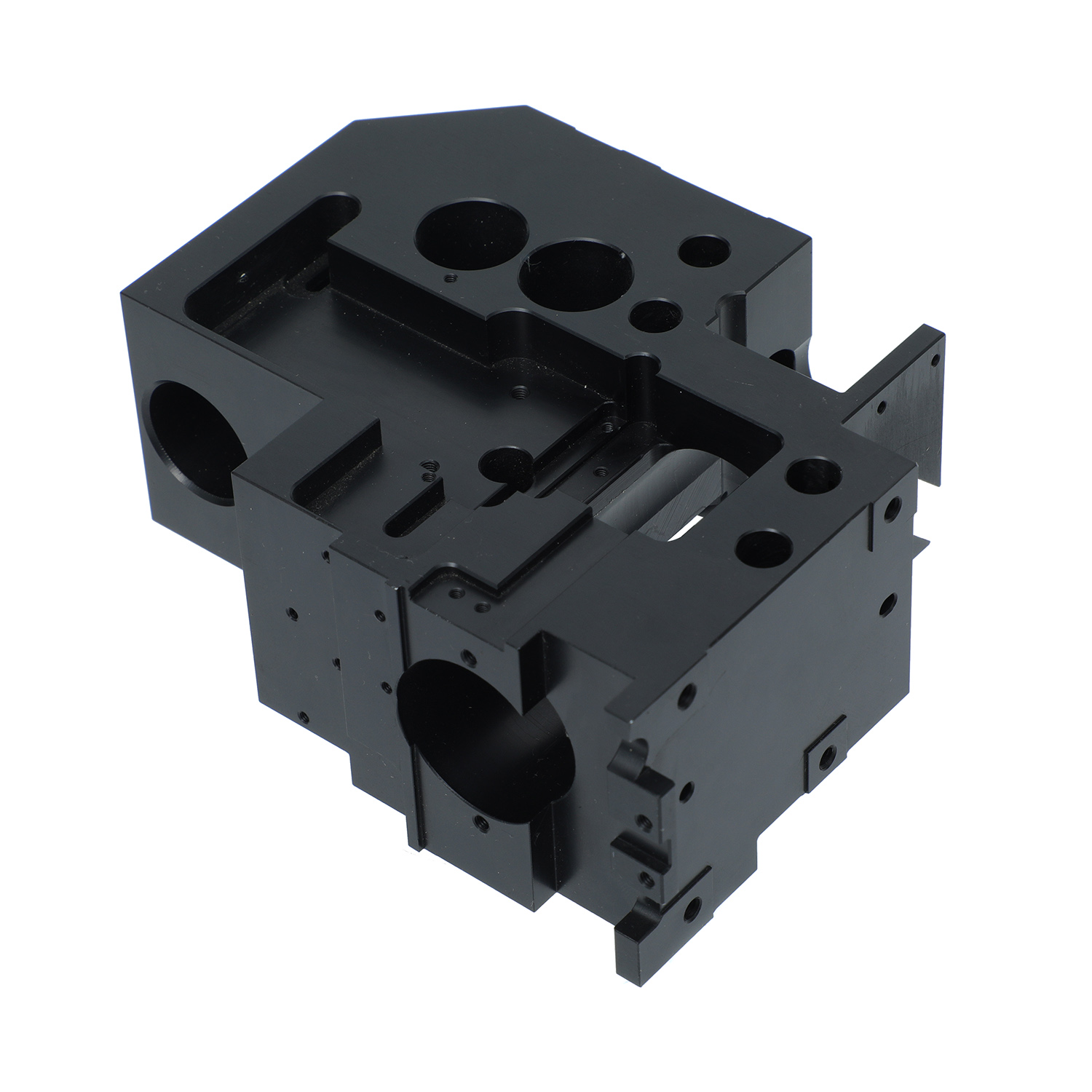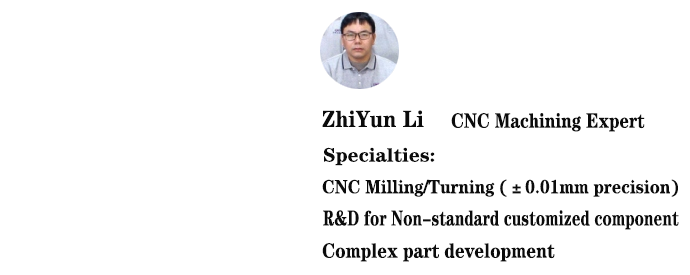Precision Parts Manufacturing: How to Tackle Material Selection Challenges?
Source:Dongguan Xinqida Precision Hardware Accessories Co., Ltd. | Published Date: May 6, 2024


Introduction:
Precision parts manufacturing is an indispensable segment of modern industry. However, material selection is critical to ensuring the quality and performance of precision components. Faced with numerous material options, how to choose the right material becomes a significant challenge. This article explores material selection issues in precision parts manufacturing and provides actionable solutions.
The Importance of Material Selection
Material selection directly impacts the final product’s quality and performance. In precision parts manufacturing, materials must possess:
- High strength, low thermal expansion coefficient, corrosion resistance, and excellent thermal conductivity.
- Considerations for manufacturing cost, availability, and environmental sustainability.
Choosing the right material is the cornerstone of successful precision manufacturing.
Common Materials and Their Characteristics
Stainless Steel
- Renowned for corrosion resistance, mechanical strength, and thermal stability.
- Ideal for parts requiring tensile, compressive, and cutting resistance (e.g., medical devices, industrial machinery).
Aluminum Alloy
- Lightweight with superior thermal conductivity.
- Suited for lightweight and heat-dissipative applications (e.g., aerospace, automotive).
- Limitation: Lower strength compared to metals like titanium.
Titanium Alloy
- High strength-to-weight ratio and exceptional corrosion resistance.
- Preferred for aerospace, medical implants, and high-performance engineering.
Hardmetal (Cemented Carbide)
- Ultra-high hardness and wear resistance.
- Ideal for demanding applications (e.g., cutting tools, molds).
Tackling Material Selection Challenges
Overcoming material selection hurdles requires a strategic approach:
1. Avoid Common Pitfalls
- Cost-Driven Decisions: Prioritize total lifecycle costs over upfront expenses.
- Experience Bias: Leverage data-driven insights instead of relying solely on historical choices.
- Static Evaluation: Account for dynamic environmental factors (e.g., temperature, corrosion).
- Single-Metric Focus: Balance hardness, thermal conductivity, and other critical properties.
2. Advanced Decision-Making Tools
- Material Genome Database: Access a global repository of 100,000+ material properties (e.g., graphene’s thermal conductivity at 5,300 W/m·K).
- AI-Driven Simulation: Use platforms like ANSYS Granta to shorten material selection cycles by 70%.
- Digital Twin Validation: Predict material performance over 20-year service life through virtual testing.
Revolutionary Material Technologies
1. Advanced Metal Alloys
| Material System | Breakthrough Technology | Application Example |
|---|---|---|
| Ultrafine-Grained Cemented Carbide | Nanocrystalline WC reinforcement | Aerospace fuel injectors (5x lifespan) |
| Shape Memory Alloy | Cu-based Ti-Ni binary alloy | Medical stents (98% strain recovery) |
| Lightweight Alloy | Aluminum-lithium friction stir welding | Satellite structures (42% weight reduction) |
2. Emerging Non-Metals
- Ceramic Matrix Composites: SiC/SiC brake discs (friction coefficient 0.35±0.02).
- Bio-Based PEKK: 3D-printed bone implants (90 MPa tensile strength, FDA-approved).
- Liquid Metal: Gallium-indium alloys (thermal conductivity 29 W/m·K for microfluidics).
Practical Material Selection Framework
1. Five-Step Validation Process
- Mapping Operating Conditions: Define temperature, pressure, and corrosion variables.
- Material Shortlisting: Use Granta MiDAS to filter top candidates.
- Rapid Prototyping: Deliver functional prototypes in 3 days via DLP stereolithography.
- Accelerated Aging Tests: Salt spray/fatigue/impact tests completed in 2 weeks.
- Supply Chain Audit: Ensure batch-to-batch consistency with blockchain traceability.
2. Material Cost Segmentation Decision Matrix
Table Type: Parameter Comparison Matrix
| Material Cost Range (USD/kg) | Processing Cost (USD/Unit) | Total Cost (USD/Unit) | Net Profit (USD/Unit) | Decision Recommendation |
|---|---|---|---|---|
| <220 | Low | Low | >1,500 | Prioritize high-strength materials |
| 220–300 | Medium | Medium | 640–1,520 | Optimize machining processes to reduce costs |
| >300 | High | High | <640 | Reassess material suitability |
Data Example
When Material Cost = 250 USD/kg: Processing Cost = 2501.5×0.8≈250×15.81×0.8≈3,162 USD/UnitTotal Cost = 250+3,162=3,412 USD/UnitNet Profit = 2,000−3,412=-1,412 USD/Unit (Loss)
Industry Benchmark Cases
Case 1: Semiconductor Etching Chamber
- Challenge: Resistance to HF acid corrosion + thermal expansion matching silicon (3.2×10⁻⁶/K).
- Solution: Tantalum-coated Hastelloy C-2000.
- Result: Chamber lifespan extended to 100,000 cycles (industry standard: 20,000).
Case 2: Drone Motor Shafts
- Innovation: Carbon-fiber-reinforced magnesium-lithium alloy (density 1.4 g/cm³).
- Performance: 60% higher specific strength than titanium, >95% vibration damping.
Smart Material Selection Toolkit
- Online Database: Access Material Universe for real-time data.
- Simulation Plugin: SolidWorks Material Advisor for automated recommendations.
- AI Assistant: ChatGPT-4 MaterialBot for 24/7 expert consultation.
Take Action Now
Upload your design files to Xinqida Precision’s Material Selector to receive:
- Material performance heatmaps
- Machinability 3D simulations
- Supply chain cost analytics
Technical Hotline: +8615015326863 (Material experts available 24/7)


